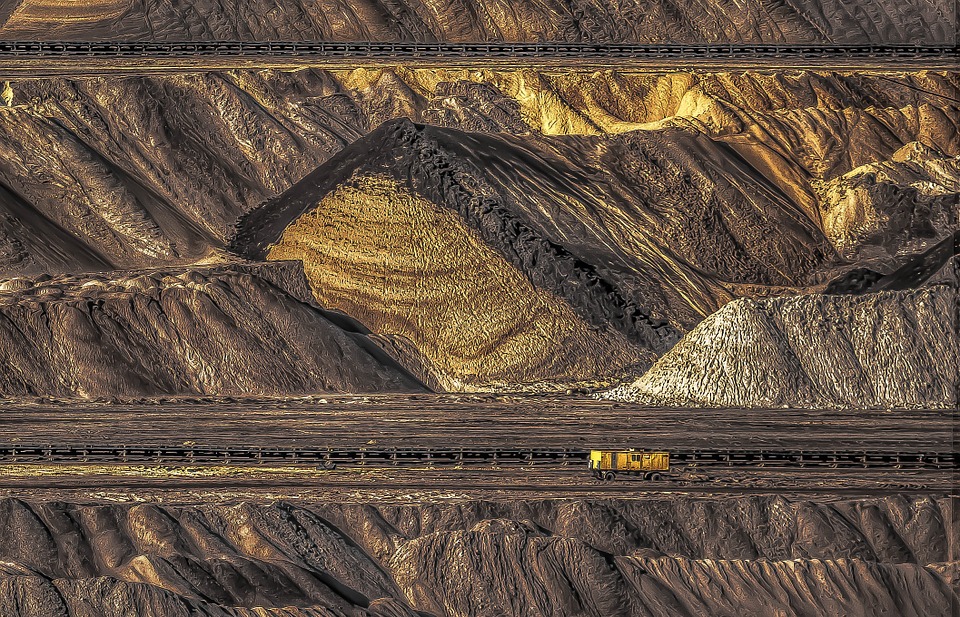The prolonged slump in metals as well as the steel glut that’s existed since early 2015 has eased significantly over the last year. This pushed the price of the raw materials used in the production of steel, including steel-making or coking coal, and nickel higher. That gave many miners’ earnings a solid bump, including coking coal miner Teck Resources Ltd. (TSX:TECK.B)(NYSE:TECK); the stock rocketed upwards by 22% over the last year. The same occurred for small-cap diversified nickel miner Sherritt International Corporation (TSX:S), which saw its EBITDA almost triple over that period, as the price of nickel shot up 27%, boosting its stock by 19%.
There are signs this trend will continue over the course of 2018.
Now what?
Global demand for steel during 2018 is expected to rise by up to 3% and could be even higher because of better than projected economic growth in China, which accounts for ~45% of global steel demand. The forecast growth in steel consumption will lead to greater utilization of stainless steel, leading to greater demand for not only steel-making coal, but also nickel.
Nonetheless, while demand for stainless steel may be key, it isn’t the only reason for increasing demand for nickel. The metal is also an important element used in the fabrication of batteries, particularly those used in electric vehicles, and as the uptake of electric vehicles increases because of the fight against global warming, this will emerge as a powerful long-term tailwind for nickel.
Global mining giant Glencore Plc’s CEO Ivan Glasenberg believes that global demand for nickel could rise to over 400,000 tonnes annually if electric vehicles make up 10% of the global fleet. That coupled with a lack of investment in new nickel projects in recent years because of the protracted slump in prices would trigger a supply shortage, further boosting prices.
This is good news for Sherritt, because it is one of the world’s largest and lowest-cost nickel producers with mines in Canada, Cuba, and Madagascar. For the third quarter 2017, it reported cash production costs of a mere US$1.94 per pound, which is some of the lowest among its peers, and the cheapest it has reported in over 10 years. That underscores just how much Sherritt’s earnings will benefit as nickel prices firm.
Firmer cobalt prices in part sparked by growing demand for high-capacity batteries will also benefit Sherritt, because it is a by-product of its nickel-mining activities, producing over 3,100 tonnes in 2016. Combined nickel and cobalt are responsible for generating almost half of Sherritt’s EBITDA, indicating that as prices climb, its bottom line will ultimately receive a healthy bump.
The good news doesn’t stop there for Sherritt, because as the largest independent oil and gas producer in Cuba, it will benefit from oil’s recent rally, which sees the North American benchmark West Texas Intermediate trading at over US$60 per barrel. For the third quarter 2017, oil and gas generated 46% of its revenue. While total production disappointingly declined by 12% year over year for that quarter to 7,658 barrels daily, operating costs fell by an impressive 3.5% to US$8.98 per barrel, underscoring the profitability of those operations.
The miner is also the largest independent producer of electricity in Cuba, which is responsible for 11% of its EBITDA. That business helps to gives its earnings greater stability because of the inelastic demand for electricity.
Meanwhile, the thawing of U.S. relations with Cuba will also benefit the company, particularly as the island’s economy opens to the world and expands, creating greater demand for electricity.
So what?
Sherritt is an attractive, higher-risk opportunity for investors seeking to boost their exposure to metals and oil. Those commodities should perform solidly over the course of 2018, because of greater demand from China as well as stronger global economic growth.







